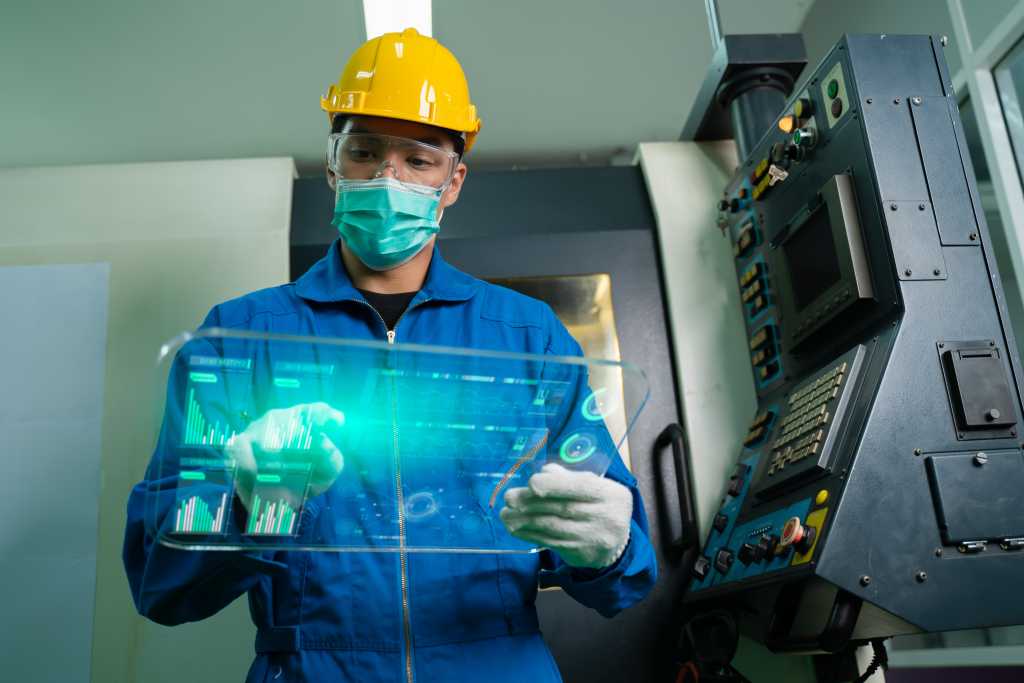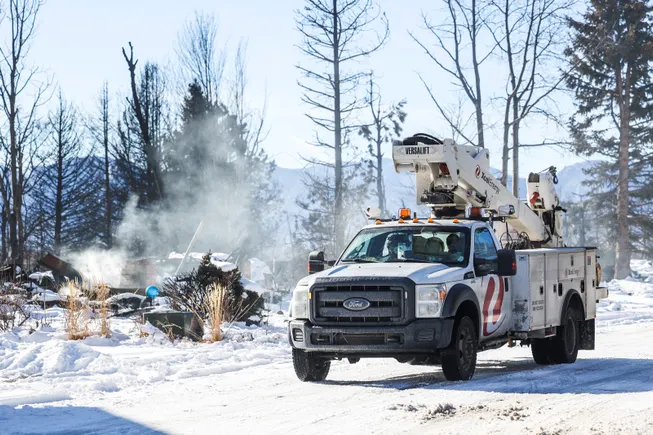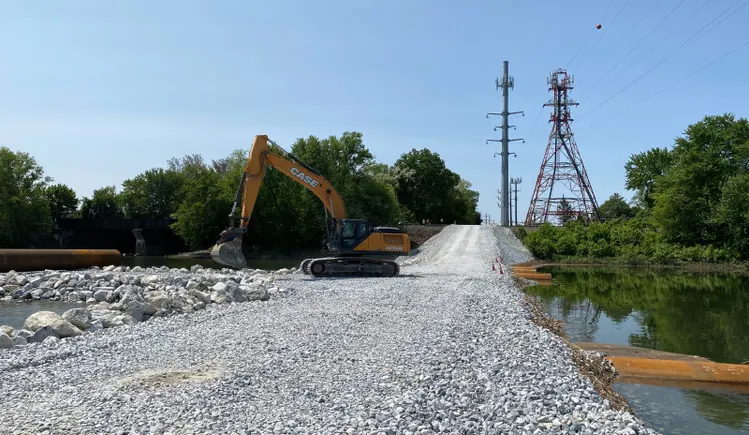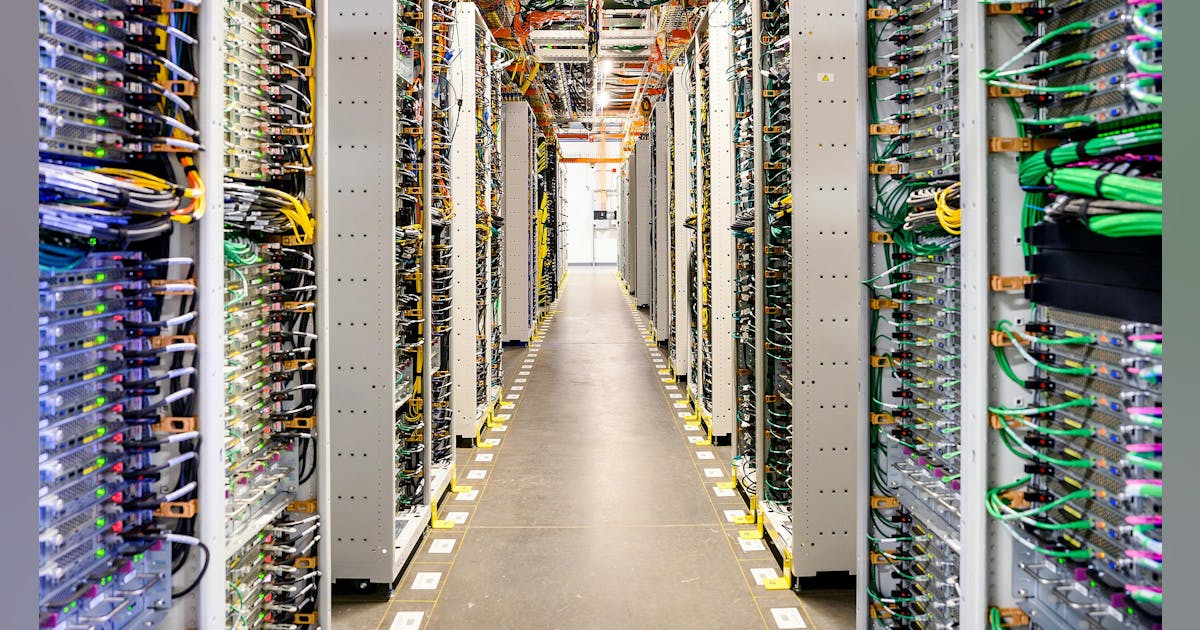
“The DOE is positioned to lead on advanced AI infrastructure due to its historical mandate and decades of expertise in extreme-scale computing for mission-critical science and national security challenges,” he said. “National labs are central hubs for advancing AI by providing researchers with unparalleled access to exascale supercomputers and a vast, interdisciplinary technical workforce.”
“The Department of Energy is actually a very logical choice to lead on advanced AI data centers in my opinion,” said Wyatt Mayham, lead consultant at Northwest AI, which specializes in enterprise AI integration. “They already operate the country’s most powerful supercomputers. Frontier at Oak Ridge and Sierra at Lawrence Livermore are not experimental machines, they are active systems that the DOE built and continues to manage.”
These labs have the physical and technical capacity to handle the demands of modern AI. Running large AI data centers takes enormous electrical capacity, sophisticated cooling systems, and the ability to manage high and variable power loads. DOE labs have been handling that kind of infrastructure for decades, says Mayham.
“DOE has already built much of the surrounding ecosystem,” he says. “These national labs don’t just house big machines. They also maintain the software, data pipelines, and research partnerships that keep those machines useful. NSF and Commerce play important roles in the innovation system, but they don’t have the hands-on operational footprint the DOE has.”
And Tanmay Patange, founder of AI R&D firm Fourslash, says the DOE’s longstanding expertise in high-performance computing and energy infrastructure directly overlap with the demands we have seen from AI development in places.
“And the foundation the DOE has built is essentially the precursor to modern AI workloads that often require gigawatts of reliable energy,” he said. “I think it’s a strategic play, and I won’t be surprised to see the DOE pair their ‘AI for science’ initiatives to accelerate everything from battery materials to fusion energy in the days to come.”



















